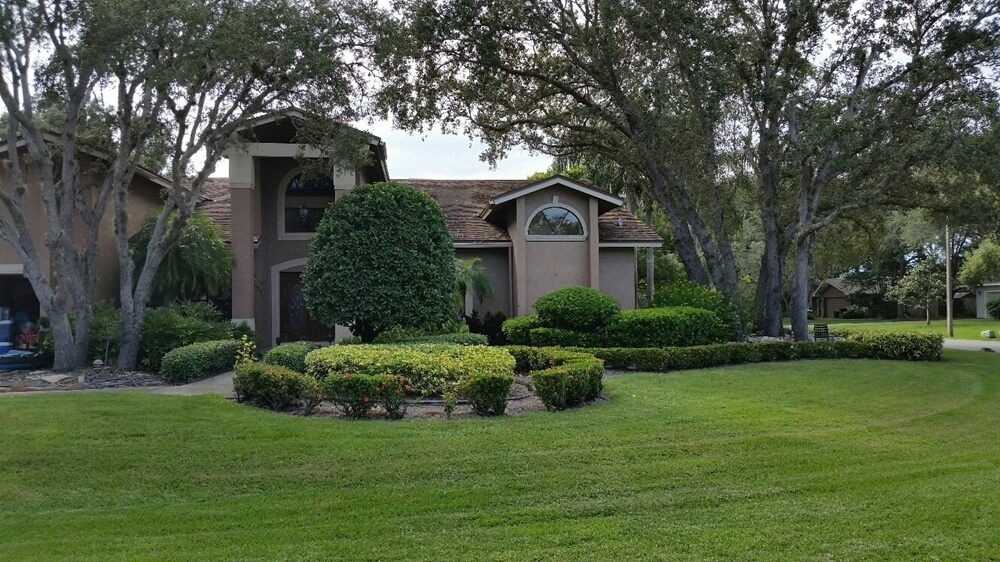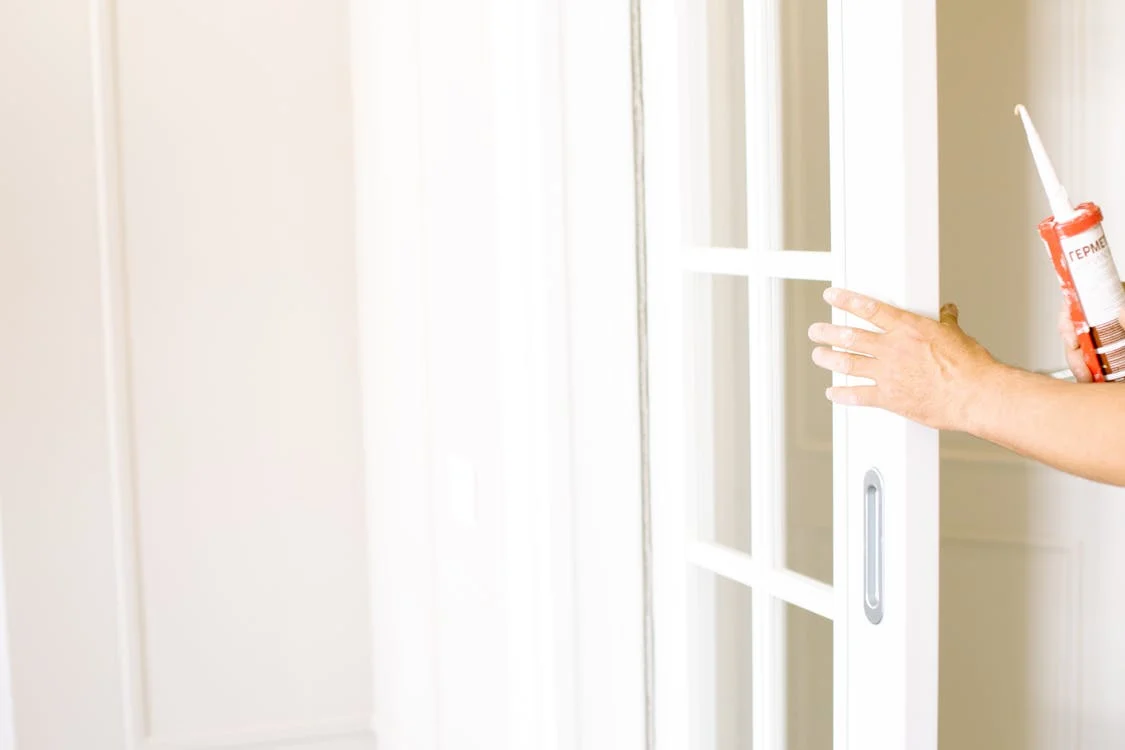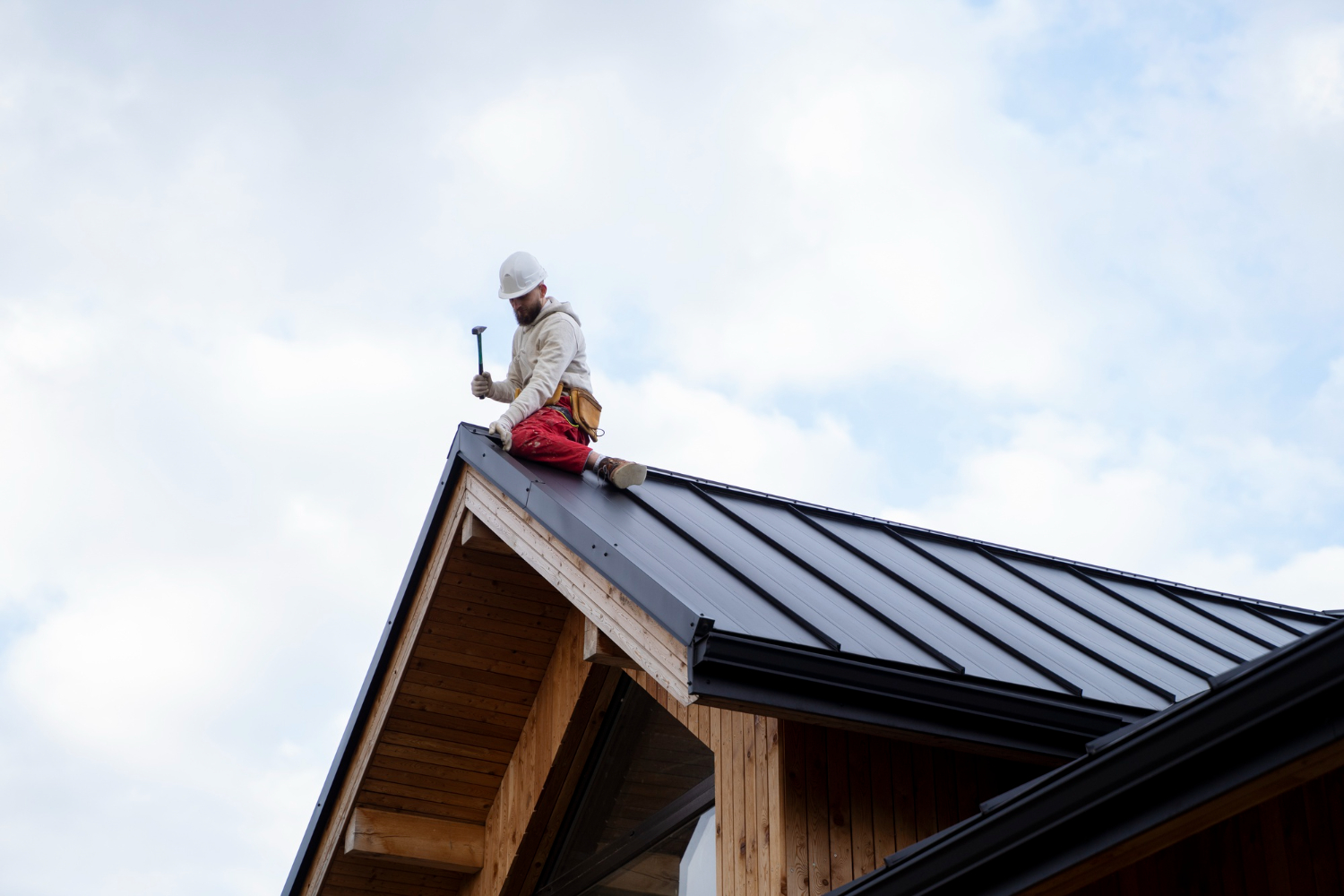By using our website, you agree to the use of cookies as described in our Cookie Policy
a
Rss Feed
Burst Pipe Repair: Immediate Steps to Take and Long-Term Solutions
Water-related disasters are among the most stressful emergencies for homeowners, with burst pipes topping the list.
A burst pipe can turn your home upside-down if not addressed quickly. The immediate flooding can ruin floors, walls, and personal belongings, leading to costly repairs. Plus, the prolonged presence of water can foster mold growth, posing health risks. That’s why property owners need to know what to do when a pipe bursts. Acting fast can save you from the stress and expenses of a pipe repair or replacement.
This guide will walk you through immediate steps to take and long-term solutions to prevent future problems in your plumbing system.
What to Do When a Pipe Bursts
If a pipe bursts in your property, it’s crucial that you deal with it right away. Addressing the issue now to avoid extensive damage and costly burst pipe repair or replacement later.
Here’s how to manage the situation efficiently.
1. Shut Off the Water Supply
The first thing you need to do is turn off the main water valve to stop water flow. This valve is usually located near your water meter. Knowing its location before an emergency can save you precious minutes. It's also a good idea to familiarize yourself with the location of individual shut-off valves for fixtures like sinks and toilets.
2. Drain the Faucets
After shutting off the water supply, open all your faucets to drain the remaining water from the pipes. Doing this will help reduce pressure and prevent further leakage. Start with the cold taps first, then move on to the hot taps. Don't forget to flush your toilets to drain the water from the tanks.
3. Turn Off the Electricity
If water is leaking near appliances or electric sockets, turn off the electricity to avoid the risk of electrocution. Safety should always come first. Locate your home's electrical panel and switch off the power to the affected areas. If you’re unsure, it’s better to turn off the main breaker.
4. Call a Professional Plumber
Once you've taken the initial steps to control the situation, call a professional plumber. They have the expertise and tools to repair the burst pipe properly and prevent it from causing more damage.
While you wait for the plumber to arrive, try to temporarily patch the burst pipe with a rubber piece and a clamp to minimize leakage.
How to Assess Burst Pipe Damage
After handling the immediate crisis, it's time to evaluate the damage. Understanding the extent of the impact helps in planning the necessary repairs and restoration.
1. Check for Water Damage
Inspect your home for signs of water damage. Look for wet spots on your walls, ceilings, and floors. If you find any, document the damage with photos for insurance purposes. Check for swelling or discoloration in drywall, flooring, and furniture. Don’t forget to inspect less visible areas like basements, crawl spaces, and attics.
2. Remove Standing Water
Remove standing water with a mop or wet/dry vacuum to prevent mold growth and further damage to your property. If the amount of water is significant, you may need to use buckets to drain it first. Be thorough in drying out carpets, rugs, and other absorbent materials.
3. Dry Out Affected Areas
Use fans and dehumidifiers to dry the wet areas. Proper ventilation is vital to preventing mold and mildew, which can pose health risks. If the weather permits, open windows and doors to increase air circulation. For severe cases, consider renting industrial-grade drying equipment or hiring a water damage restoration service.
Long-Term Solutions to Prevent Future Bursts
Preventing future bursts involves taking proactive measures and implementing long-term solutions that will help safeguard your home from similar emergencies.
Insulate Your Pipes
Insulation is one of the most effective ways to prevent pipes from bursting. It is especially important for pipes in unheated areas like basements, attics, and garages. Pipe insulation helps keep pipes warm and reduces the risk of freezing and bursting. Various types of insulation materials are available, including foam, fiberglass, and rubber.
Maintain a Consistent Temperature
Maintain a consistent home temperature, especially during the winter. Set your thermostat to at least 55°F, even when you're not at home. This helps prevent pipes from freezing. Additionally, open cabinet doors in the kitchen and bathroom to allow warm air to circulate the pipes.
Regular Plumbing Inspections
Schedule regular plumbing inspections to catch potential issues before they become major problems. A professional plumber can identify weak spots and recommend necessary repairs or replacements. Regular maintenance can also include checking for plumbing leaks, monitoring water pressure, and ensuring that all pipe connections are secure.
Replace Old Pipes
If you have an older home with outdated plumbing, consider replacing old pipes. Modern materials like PEX and copper are more durable and less likely to burst compared to older materials like galvanized steel or lead. Replacing old pipes can be a significant investment, but it pays off by reducing the risk of future plumbing emergencies.
Install a Water Leak Detection System
A water leak detection system alerts you to leaks before they become major problems. They can be installed in key areas of your home and connected to your smartphone, allowing you to monitor your plumbing remotely. Some advanced systems can automatically shut the water supply when a leak is detected.
DIY Tips for Minor Burst Pipe Repairs
Sometimes, you might need to handle minor pipe repairs yourself before a professional can arrive. Here are some quick fixes to manage small leaks.
Temporary Pipe Repair Kits
If you can't get a plumber right away, consider using a temporary pipe repair kit. These kits typically include a rubber patch and clamps or a pipe repair tape. They can provide a temporary fix until a professional can make a permanent repair.
Use a Pipe Sleeve
A pipe sleeve is another temporary solution for a burst pipe. It consists of a rubber sleeve that you place over the damaged section of the pipe and secure with clamps. This can help stop the leak and buy you some time until a plumber arrives.
Use Epoxy Putty
Epoxy putty can seal small leaks in pipes. It's a two-part compound that you mix and apply directly to the pipe. Once it hardens, it forms a waterproof seal. Epoxy putty is a handy solution for minor leaks and cracks.
Burst Pipe? Call a Plumber Today!
Dealing with a burst pipe can feel overwhelming, but knowing the right steps to take can make all the difference. Immediate action can help you minimize damage and avoid further complications. Remember, when in doubt, always call a professional plumber to ensure the job is done right.
Being proactive and prepared will shield your home from the stress and expense of burst pipes. Your home is your sanctuary—these measures will help keep it safe and sound.
Author Bio:
Janine Kyle is a versatile content specialist at My Biz Niche, passionate about translating ideas into impactful digital content. With a blend of creativity and strategy, she helps brands connect authentically with their audiences. Outside of work, she finds joy in exploring new places and documenting her adventures through photography.
‹ Back





.png)
